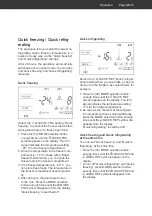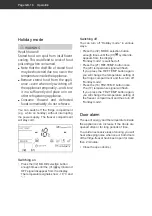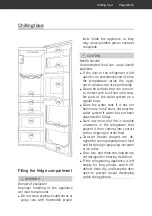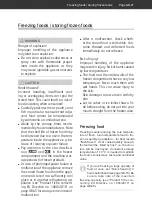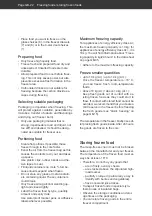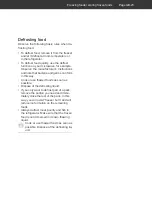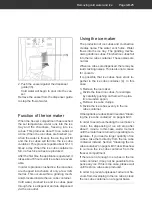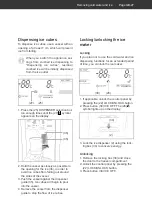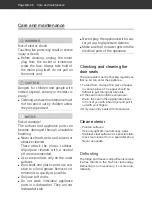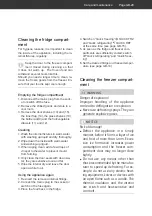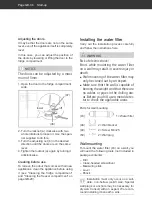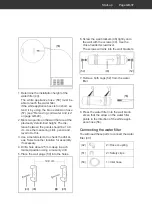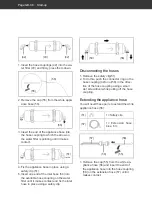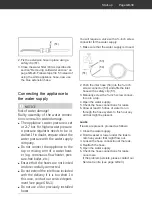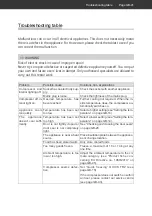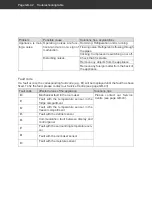
Care and maintenance
Page GB-29
Cleaning the fridge compart-
ment
For hygiene reasons, it is important to clean
the inside of the appliance, including the in-
ternal fixtures, regularly.
Keep the door to the freezer compart-
ment closed during cleaning so that
it does not warm up. The frozen food can
withstand several hours like this.
Should you need a longer time to clean, re-
move the frozen goods from the freezer. En-
sure that your food is kept cool enough.
Emptying the fridge compartment
1. Disconnect the mains plug from the sock-
et or switch off the fuse.
2. Remove the chilled goods and store in a
cool room.
3. Remove the door shelves (13) and (15),
the inner flap (14), the glass shelves (10),
the bottle rack(9) and the fruit/vegetable
drawers (11) and (12).
Cleaning
1. Wash the internal fixtures in warm water
with washing up liquid and dry thoroughly.
2. Wipe down the inside with warm water
and washing-up liquid.
3. When wiping clean, add a few drops of
vinegar to the water to prevent mould
from forming.
4. Only clean the door seals with clean wa-
ter; they are sensitive to oil and fat.
5. Wipe the interior dry and leave the door
open a while to air.
Using the appliance again
1. Re-insert the removed internal fittings.
2. Connect the mains plug to the socket or
switch on the fuse again.
3. Place the food back in the fridge.
4. Switch on “Quick freezing” QUICK FRZ
and “Quick refrigerating” QUICK REF
at the same time (see page GB-15).
5. As soon as the fridge and freezer com-
partments are sufficiently cooled, switch
off “Quick refrigerating” and “Quick freez-
ing”.
6. Set the desired fridge and freezer temper-
ature (see page GB-14).
Cleaning the freezer compart-
ment
WARNING
Danger of explosion!
Improper handling of the appliance
can lead to deflagration or explosion.
■
Never use defrosting sprays. They can
generate explosive gases.
NOTICE
Risk of damage!
■
Defrost the appliance in a timely
manner, before it forms a layer of ice
and frost of more than 4 mm. Exces-
sive ice formation increases power
consumption and the freezer com-
partment door may no longer close
tightly.
■
Do not use any means other than
those recommended by the manufac-
turer to speed up defrosting. For ex-
ample, do not use any electric heat-
ing equipment, knives or devices with
an open flame such as a candle. The
thermal insulation and the interior
are scratch and heat-sensitive and
can melt.

